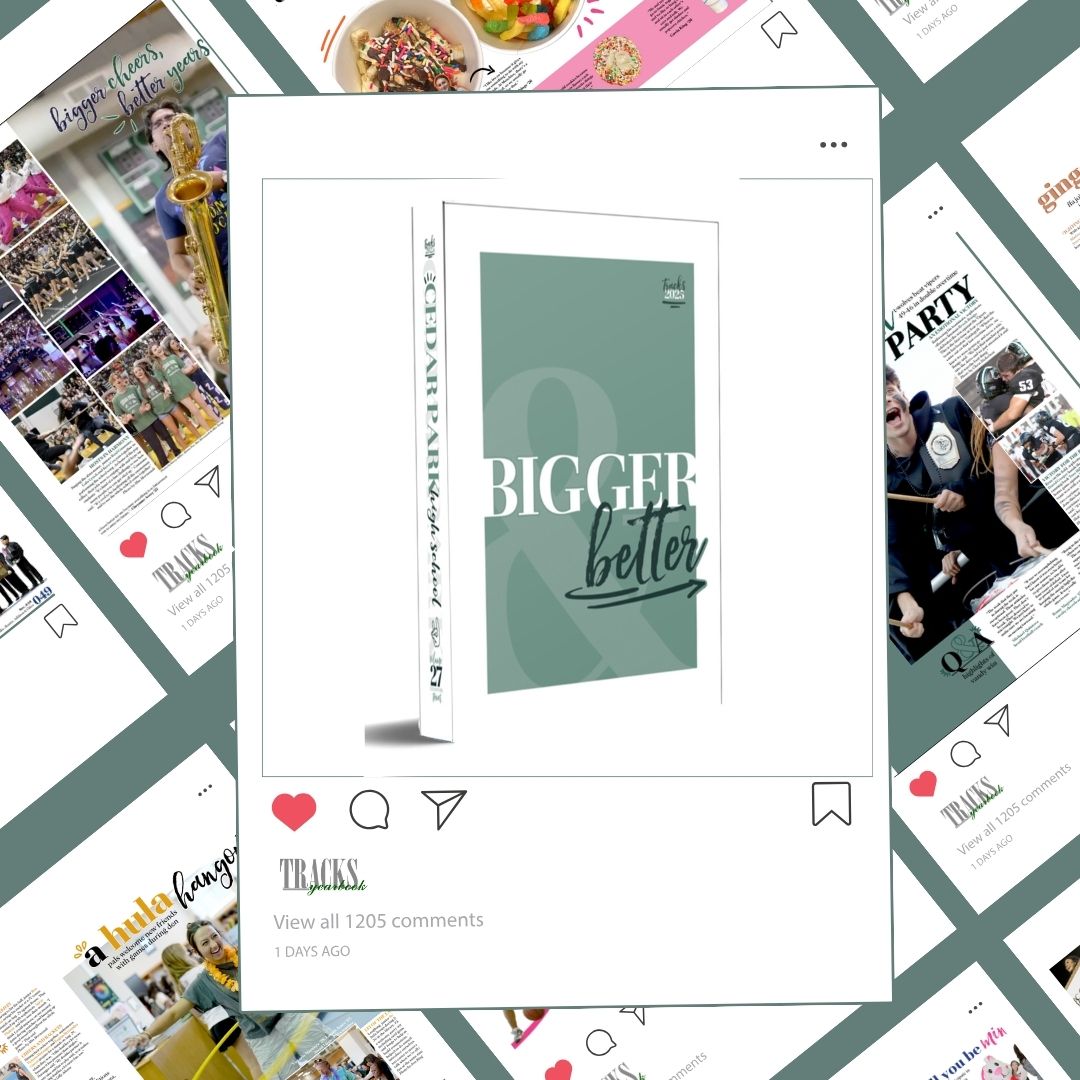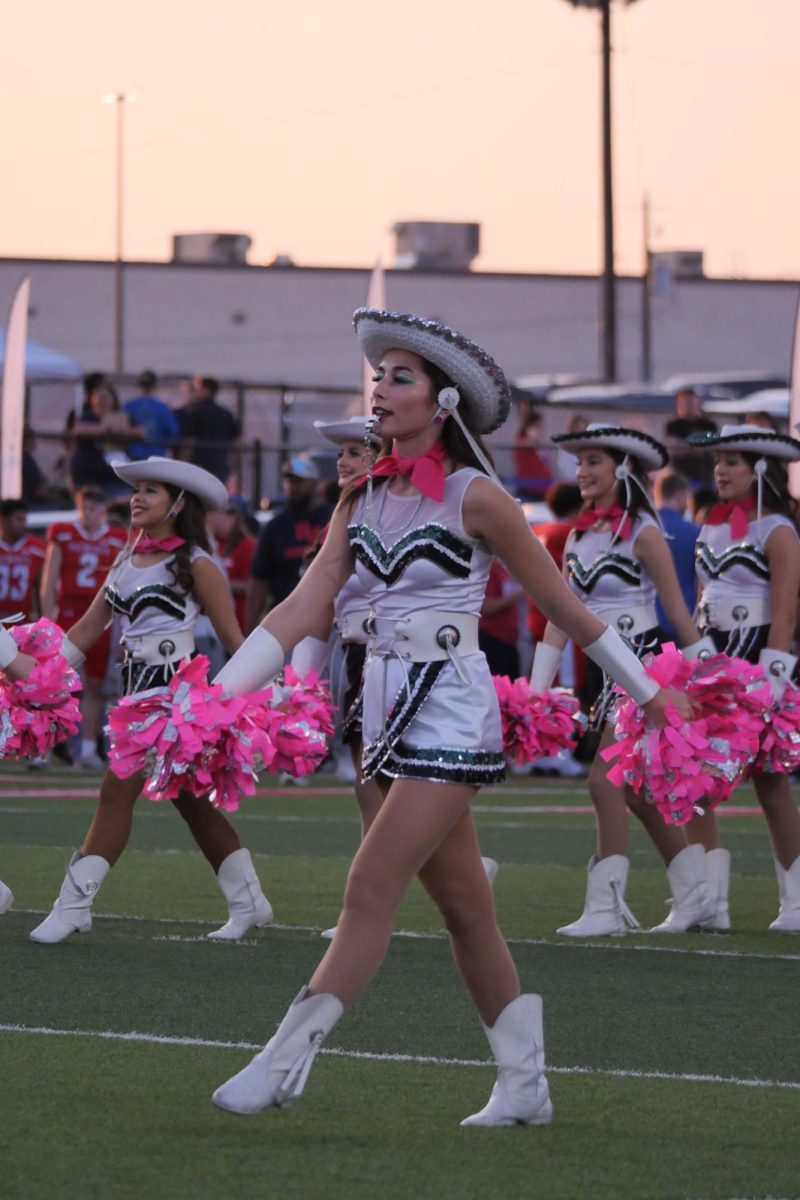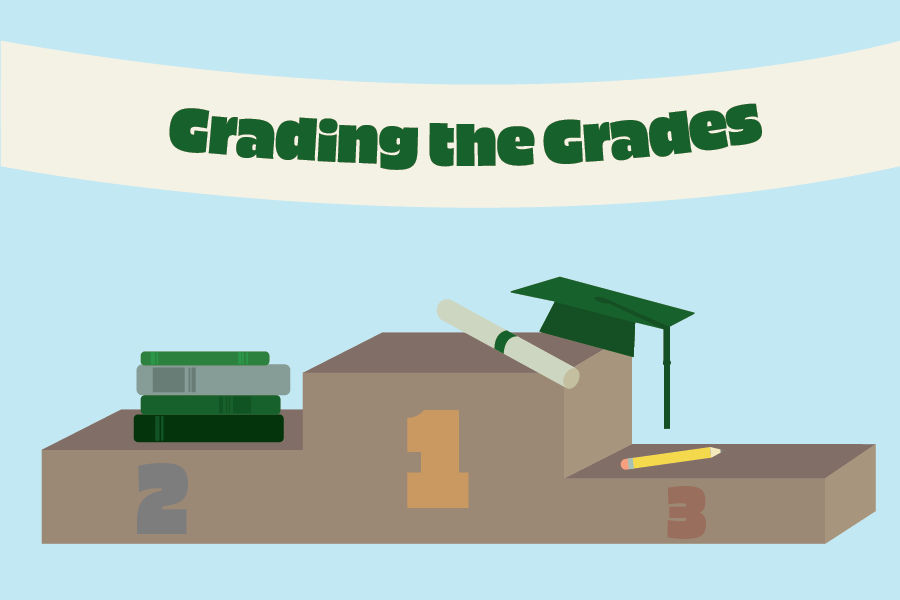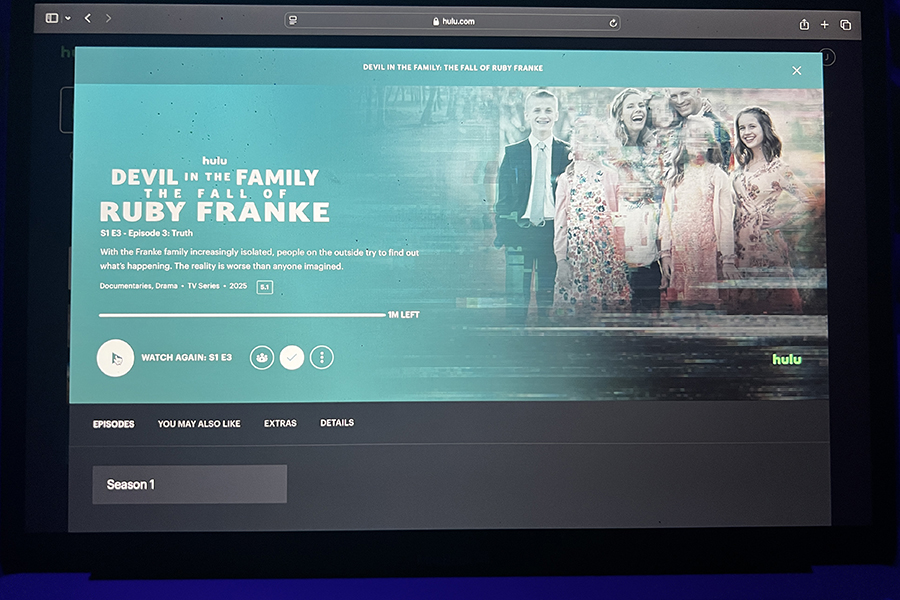Since March 2011 there have been a series of articles and news reports over a small set of lead plates allegedly found in a cave in Jordan — in these few months, the bound plates of metal have come to be known as the Jordan Lead Codices. These metal books have been connected to several bold claims — the climax of which is that they are supposedly 2,000 years old, containing materials from the earliest Christians, composed within just a few years after the crucifixion of Jesus of Nazareth. Hence a great deal of sensationalizing has engendered far more misunderstanding.
Though this discovery seems unimpressive and inconsequential at first glance, the claims of considerably authoritative news networks (such as the Jewish Chronicle, and the well-known British Broadcasting Corporation, or BBC) have kindled such a flame of interest in these thin, credit card-sized sheets of metal. Ever since March, the story of the Jordan Lead Codices have been bent and twisted into something more akin to folklore than anything else. Since the publicity of these books has been relatively recent, it would be almost moot to relate the history of reports made in the past few months; therefore, it would be more prudent to analyze the codices themselves and weigh their claims. After all, why take such bold claims at face value?
Ever since the first publications of these metal books, very few scholars have been allowed access to the artifacts, but the majority of witnesses have stated with competence that these ringed books are outright frauds; quite frankly, there are pieces of this story which can be debunked without having the items in your own hands. However, before analyzing any aspects of a product, one must first have a good understanding of what they’re actually looking at.
These Jordan Lead Codices consist of 20 or more piles of five to 15 leaves of cast lead, each one being ring-bound into books. The lead of these items has been supposedly Carbon dated to around the year 30 CE, making them incredibly significant to Christians today, since that timeframe is quite close to the year the historical Jesus of Nazareth was crucified (that event being sometime between 27 and 30 CE). Moreover, the plates of some of these books seem to depict not only Jewish symbols (such as one clear instance of a menorah), but also messianic imagery (figures depicting a messiah-figure), making them even more significant when considering the era they are supposedly from. Finally, the plates are inscribed with near untranslatable Greek, Hebrew and Aramaic text.
Now, let us nitpick.
Firstly, as rogueclassicism.com puts it, the idea of these books being made of “cast lead” should cast some doubt on these metal plates.
“I would be very happy if anyone can point me to an example of a cast lead codex of any kind from any period. As far as I’m aware, this would have been utterly unprecedented at the time,” says Rogueclassicist of the aforementioned website. “Even Roman military diplomas (in bronze) were incised. Of course, if these ‘books’ were so important, one has to wonder why such a malleable medium such as lead would be used.”
Second, the fact that the lead is clocked at two millennia means little to nothing. The significance of this is that the earliest source of the New Testament today (a fragment of the Gospel of John, found in Egypt, smaller than a playing card) is dated to only a few decades into the second century CE, several years after the narrative which this particular story is to have taken place. Therefore, if these codices were truly from or around the year 30 AD, and if they were truly the products of the earliest Christians (and that’s already a lot of “if”s), then they would be even more important than the Dead Sea Scrolls. However, it does not take a genius forger to steal ancient lead from an old burial site or from the ruins of a city, hammer it flat, then scratch some writing in it; in other words, even if you draw a mustache on the actual Mona Lisa, it’s still not Da Vinci’s handy-work.
Third, as for the symbology of these leaves, each impressed image is highly suspect. To be brief, the images are either from coins that far postdate when the books were to have been created (such as a face that is supposedly Jesus Christ, but which looks suspiciously like a coin depicting the Greek god Helios), or simply badly done (such as the impression of a crocodile, which looks almost like a children’s toy). The menorah on one leaf also means nothing, given that such a symbol is not exclusive to the first century.
Fourth and finally, the text pressed into the metal is silly. There are several points making the writing highly suspect: the codices are claimed to be written in code, but what one calls “writing in code,” another calls unintelligible gibberish; many Greek lines have actually been traced to inscriptions on burial sites having nothing to do with the alleged time or context of these books (perhaps the text was acquired while thieving the lead); and the Aramaic uses a mix of ancient and far more modern script, comparable to reading a King James Bible said to be from 1611 printed in Helvetica.
All in all, these points should at least cast some doubt on these books. Though, given the fact that these codices have been shown to only a select few, and since the stories publicizing them have been so varied, I reserve the right to be utterly and completely wrong. However, even if all things considered are simply “misinterpreted,” it is important to always remember that if the lead book isn’t what it says it is, then it’s probably just Mona Lisa sporting a mustache.

![Posing with their UIL State Trophy, the Robolobos Van Halen Team beams with excitement after their win. “It was a team effort,” junior Noah Vo said. “I was happy because something happened in the first match and the match was also really close. So [when] they finally revealed it, I was pretty happy.” Photo courtesy of Amy Lovelace](https://cphswolfpack.com/wp-content/uploads/2025/05/IMG_0910-EDIT-1200x723.jpg)

![Broadcast, yearbook and newspaper combined for 66 Interscholastic League Press Conference awards this year. Yearbook won 43, newspaper won 14 and broadcast took home nine. “I think [the ILPC awards] are a great way to give the kids some acknowledgement for all of their hard work,” newspaper and yearbook adviser Paige Hert said. “They typically spend the year covering everyone else’s big moments, so it’s really cool for them to be celebrated so many times and in so many different ways.”](https://cphswolfpack.com/wp-content/uploads/2025/05/edited-ILPC.jpg)













![Bringing her arm over her head and taking a quick breath, junior Lauren Lucas swims the final laps of the 500 freestyle at the regionals swimming competition on date. Lucas broke the school’s 18-year-old record for the 500 freestyle at regionals and again at state with a time of 4:58.63. “I’d had my eye on that 500 record since my freshman year, so I was really excited to see if I could get it at regionals or districts,” Lucas said. “ State is always a really fun experience and medaling for the first time was really great. It was a very very tight race, [so] I was a bit surprised [that I medaled]. [There were] a lot of fast girls at the meet in general, [and] it was like a dogfight back and forth, back and forth.” Photo by Kaydence Wilkinson](https://cphswolfpack.com/wp-content/uploads/2025/03/Kaydence-2.7-23-edit-2.jpg)
![As the support team sits and poses for a photo in the cafeteria with the counseling team they eagerly wait to start their day. "We [all] seem to be a team, I get up every day and there's days where I don't want to go to work today, but I'm thankful that I have a job and I'm blessed to have what I have," Christopherson said. Photo Courtesy of Julie Weltens.](https://cphswolfpack.com/wp-content/uploads/2025/01/AF9E8470-10D7-4C91-BF28-EC8F86BAB66C-1200x852.jpeg)
![Officer Stephanie Cash is in her second year as an SRO at CPHS. “Seeing [students] grow over the years has been kind of cool,” Officer Cash said. “Freshmen that [are] all over the place and then in the next couple of years get a little more squared away and go to class and do work and start thinking about the future. Being a part of a student's growth is the best way to measure my success as an SRO.” Photo Courtesy of Cedar Park Police Department's PIO, Alicia Gallagher.](https://cphswolfpack.com/wp-content/uploads/2024/12/CPHS-SRO-900x1200.jpg)



![Taking a breath as he raises his arm up and out of the water, sophomore Kaden Padilla swims the 500 freestyle at the UIL state meet on Feb. 21-22. Padilla placed 10th overall and second in the consolation final in the event, dropping two seconds. “My family was there, so being able to drop time for them was really special,” Padilla said. “It was awesome [finding out I advanced to the consolation finals]. I wasn’t expecting it, and I was very surprised. My parents being there definitely made me a lot happier knowing they got to see me swim in finals.” Photo by Skyler King.](https://cphswolfpack.com/wp-content/uploads/2025/03/kaden-padilla.jpg)

![Three defenders try to stop senior point guard Hope Edwards before the ball leaves her hands. The girls basketball team faced Liberty Hill on Feb 21, losing 58-40. “[My season was] definitely bittersweet,” Edwards said. It's definitely sad [because] I'm gonna miss all my teammates, my coaches and just the whole CP environment.”](https://cphswolfpack.com/wp-content/uploads/2025/03/julia-128-1200x800.jpg)













